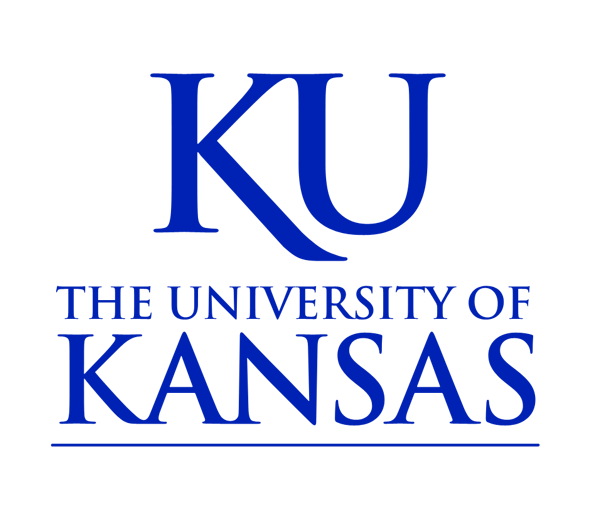Today’s News from the University of Kansas
Headlines
Contact: Cody Howard, School of Engineering, 785-864-2936, codyh@ku.edu, @kuengineering
KU Engineering partners with Kansas community to test energy-efficient materials
LAWRENCE — The University of Kansas School of Engineering is partnering with a south-central Kansas community on a federal pilot project to test energy-efficient materials in public sector buildings — an experiment that could reduce the kinds of extreme-weather rolling blackouts seen across the state this winter.
The effort in Wellington is one of seven “Building Technologies Proving Ground – Public Sector Field Validation” projects nationwide selected by the U.S. Department of Energy to test energy-efficient technologies. The Kansas project will test passive thermal energy storage, via phase change materials (PCMs), in roof and ceiling tiles in six public sector buildings in the community, aiming for a 20% or greater reduction in space cooling, heating and electric demand.
Mario Medina, associate professor of civil, environmental & architectural engineering and associate dean for engineering academic affairs, said KU Engineering has spent more than 20 years researching PCMs.
Where traditional insulation acts as a barrier against extreme temperatures, PCMs shift between solid and liquid states to store heat before slowly releasing that energy — much like an ice cube holds cold water and then slowly melts. That makes it easier to keep buildings warm in the winter and cool in the summer without relying so much on space heating and air-conditioning systems.
“If you want to achieve the same results with existing insulation, which is usually fiberglass or cellulose, you would have to double or triple the thickness of the wall. That would require space and would be extremely costly,” Medina said. The new PCMs used in this project are encapsulated in ceiling tiles, which are about a quarter-inch thick.
PCMs also reduce the amount of demand placed on the electrical grid during extreme heat or cold, Medina said. During the hottest or coldest days, the demand for electricity can become so overwhelming that electric utilities have to impose “rolling blackouts” — of the kind seen in California during the summer of 2020, or the cold-weather version that occurred in Kansas during the February cold snap — to keep the system from collapsing.
“During summers, most air conditioners peak around the hottest time of the day, which is about 2:30 to 4:30 in the afternoon,” he said. “At that point in time, the electrical utility companies are also providing the electricity that they normally provide for lighting, for plugs, for equipment — but on top of that, in the summer, they are providing that excess amount of electricity for these air conditioners.”
PCMs should alleviate that problem by storing heat until later in the day, when it is cooler and active demand on the electrical grid has declined. That would be good for both homes and businesses, Medina said, both to keep their electric bills down but also to avoid losing power.
“It’s not good for a state’s economy to have these brownouts or blackouts,” he said.
KU’s partners include the city of Wellington Municipal Utility, Sumner County, Overland Park-based energy solutions company Decent Energy Inc., PlaNet Productions Inc. and Insolcorp LLC, a North Carolina firm that developed and manufactures the Templok PCM Tile used in the test project. KU will receive $142,500 from the Department of Energy award to deploy sensors, establish a baseline, develop suitable building energy models and run simulations to evaluate the PCMs’ performance throughout the three-year project.
The project “further illustrates that rural communities have a voice and play an important role in the growing clean energy economy,” said Stacy Davis, executive director of the Sumner County Economic Development Commission.
Medina said KU will benefit from the testing and validation, energy modeling and measurement and verification experience it gives the graduate and undergraduate students working with him on the project. And the university benefits from its partnerships with Wellington and Sumner County to translate that research into real-world results that can benefit them, the state of Kansas and the world beyond.
“The primary mission of the university is to educate,” he said. “But our mission doesn’t end there. We need to be part of the community.”
————————————————————————
KU News Service
1450 Jayhawk Blvd.
Lawrence KS 66045
Phone: 785-864-3256
Fax: 785-864-3339
kunews@ku.edu
http://www.news.ku.edu
Erinn Barcomb-Peterson, director of news and media relations, ebp@ku.edu
From the Office of Public Affairs | http://www.news.ku.edu
Today’s News is a free service from the Office of Public Affairs



